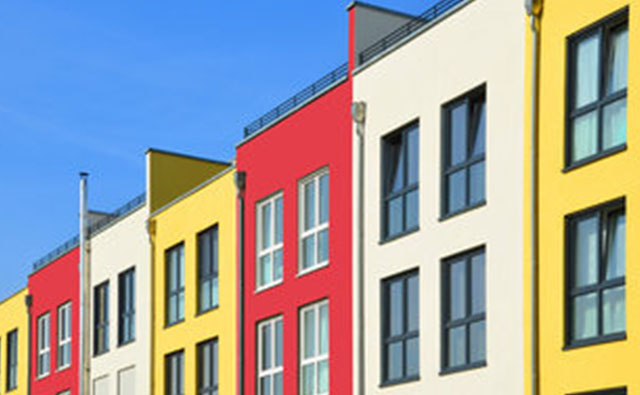Industry News, Coatings
Natural compounds as potential algaecides for waterborne paints

Industry News, Coatings

Image: © european-coatings.com
Researchers recently investigated the algaecide effect of natural compounds of vegetal origin with regard to their use in waterborne paints.
To eliminate and prevent the formation of phototrophic biofilms on painted walls, chemicals are added to paints. These chemicals, in general, also have toxic effects on the environment. Plants synthesise secondary metabolites which have antimicrobial properties and that may be a sustainable alternative to traditional biocides. In a new work, algal species isolated from biofilms formed on deteriorated painted surfaces were taxonomically identified. Observations with the optical microscope revealed the presence of mixed biofilms composed of algae belonging to the Cyanophyta, Chlorophyta, and Streptophyta divisions.
The algaecide effect of natural compounds of vegetal origin such as anisole, eugenol, guaiacol, and thymol was evaluated by the microatmosphere technique. Growth inhibition of phototrophic organisms was obtained with thymol in all the concentrations used. Eugenol and guaiacol showed a total growth inhibition at the highest concentration assayed (300 μmol cm−2) and a decrease in growth at 40 μmol cm−2, while anisole did not exert any inhibitory action at the assayed concentrations. Due to these results, eugenol, thymol, and guaiacol were incorporated in an exterior waterborne paint at a concentration of 2%. Samples painted with these formulations were not colonised by algae, indicating that these compounds could be used as biocides in paint formulations.
The study is published in: Journal of Coatings Technology and Research September 2018, Volume 15, Issue 5, pp 1191–1200.
Sandra G. Gómez de Saravia, Silvia E. RastelliGuillermo BlusteinMarisa R. Viera
To eliminate and prevent the formation of phototrophic biofilms on painted walls, chemicals are added to paints. These chemicals, in general, also have toxic effects on the environment. Plants synthesize secondary metabolites which have antimicrobial properties and that may be a sustainable alternative to traditional biocides. In this work, algal species isolated from biofilms formed on deteriorated painted surfaces were taxonomically identified. Observations with the optical microscope revealed the presence of mixed biofilms composed of algae belonging to the Cyanophyta, Chlorophyta, and Streptophyta divisions. The algaecide effect of natural compounds of vegetal origin such as anisole, eugenol, guaiacol, and thymol was evaluated by the microatmosphere technique. Growth inhibition of phototrophic organisms was obtained with thymol in all the concentrations used. Eugenol and guaiacol showed a total growth inhibition at the highest concentration assayed (300 μmol cm−2) and a decrease in growth at 40 μmol cm−2, while anisole did not exert any inhibitory action at the assayed concentrations. Due to these results, eugenol, thymol, and guaiacol were incorporated in an exterior waterborne paint at a concentration of 2%. Samples painted with these formulations were not colonized by algae, indicating that these compounds could be used as biocides in paint formulations.
Natural organic compounds, Biocide, Algaecide, Waterborne paint, Phototrophic biofilm